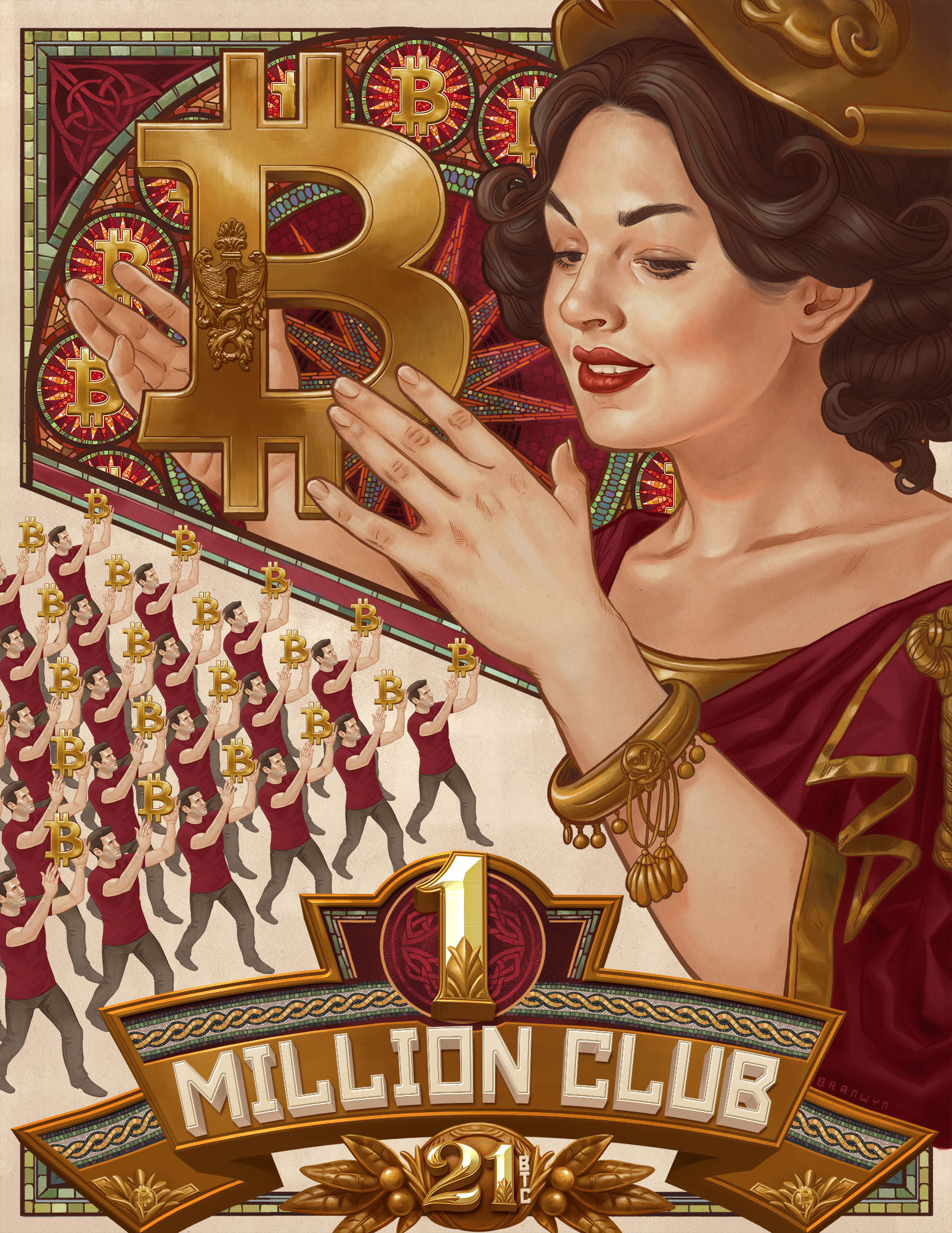
This concept is named after Ralph Merkle, who patented it in 1979. The Bitcoin protocol utilizes the Merkle tree data structure in order to organize hashes of numerous individual transactions into each block.
#Convert bitcoin to dogecoin binance update#
The block producer will receive rewards in the network’s native currency (i.e., bitcoin) as all validators approve the block and update their ledgers. Once a block is produced, it is then propagated by the block producer to all other validators to check on the validity of all transactions in that block. The ability to rearrange transactions via 51% attacks indicates another feature of the Nakamoto consensus: the finality of transactions is only probabilistic. With various miners competing for block rewards, it becomes difficult for one single malicious party to gain network majority (defined as more than 51% of the network's hash power in the Nakamoto consensus mechanism).

Proof of Work secures the network as block producers must have spent resources external to the network (i.e., money to pay electricity), and can provide proof to other participants that they did so. In the early days, Bitcoin mining was mostly done by personal computer CPUs.Īs of today, Bitcoin validators, or miners, have opted for dedicated and more powerful devices such as machines based on Application-Specific Integrated Circuit ("ASIC"). Since anyone can join the race, competition is prone to increase.

For instance, a validator with 5% of the total network computation power will have a 5% chance of completing the task first, and therefore becoming the next block producer. The probability of any single validator to finish the task first is equal to the percentage of the total network computation power, or hash power, the validator has. This feature is called Proof of Work (PoW).

All validators are allowed in the race to become the block producer for the next block, yet only the first to complete a computationally heavy task will win. In the Bitcoin network, anyone can join the network and become a bookkeeping service provider i.e., a validator. In comparison, blockchains like Ethereum rely on the account model. 3.1 Unspent Transaction Output (UTXO) modelĪ UTXO transaction works like cash payment between two parties: Alice gives money to Bob and receives change (i.e., unspent amount). Unlike public blockchain infrastructures supporting the development of decentralized applications ( Ethereum), the Bitcoin protocol is primarily used only for payments, and has only very limited support for smart contract-like functionalities (Bitcoin “Script” is mostly used to create certain conditions before bitcoins are used to be spent).įor a more beginner-friendly introduction to Bitcoin, please visit Binance Academy’s guide to Bitcoin.The protocol has a token emission rate that halves every 210,000 blocks, or approximately every 4 years.The only way new bitcoins can be produced is when a block producer generates a new valid block. The Bitcoin protocol has a target block time of 10 minutes, and a maximum supply of 21 million tokens.Network validators, whom are often referred to as miners, participate in the SHA-256d-based Proof-of-Work consensus mechanism to determine the next global state of the blockchain.Bitcoins are transferred electronically in a secure, verifiable, and immutable way. Bitcoin is a peer-to-peer cryptocurrency that aims to function as a means of exchange and is independent of any central authority.With a block size limit capped at 1 megabyte, the Bitcoin Protocol has supported both the Lightning Network, a second-layer infrastructure for payment channels, and Segregated Witness, a soft-fork to increase the number of transactions on a block, as solutions to network scalability.To prevent fluctuation of the block time, the network's block difficulty is re-adjusted through an algorithm based on the past 2016 block times.

Its network has a target block time of 10 minutes and a maximum supply of 21 million tokens, with a decaying token emission rate.


 0 kommentar(er)
0 kommentar(er)
